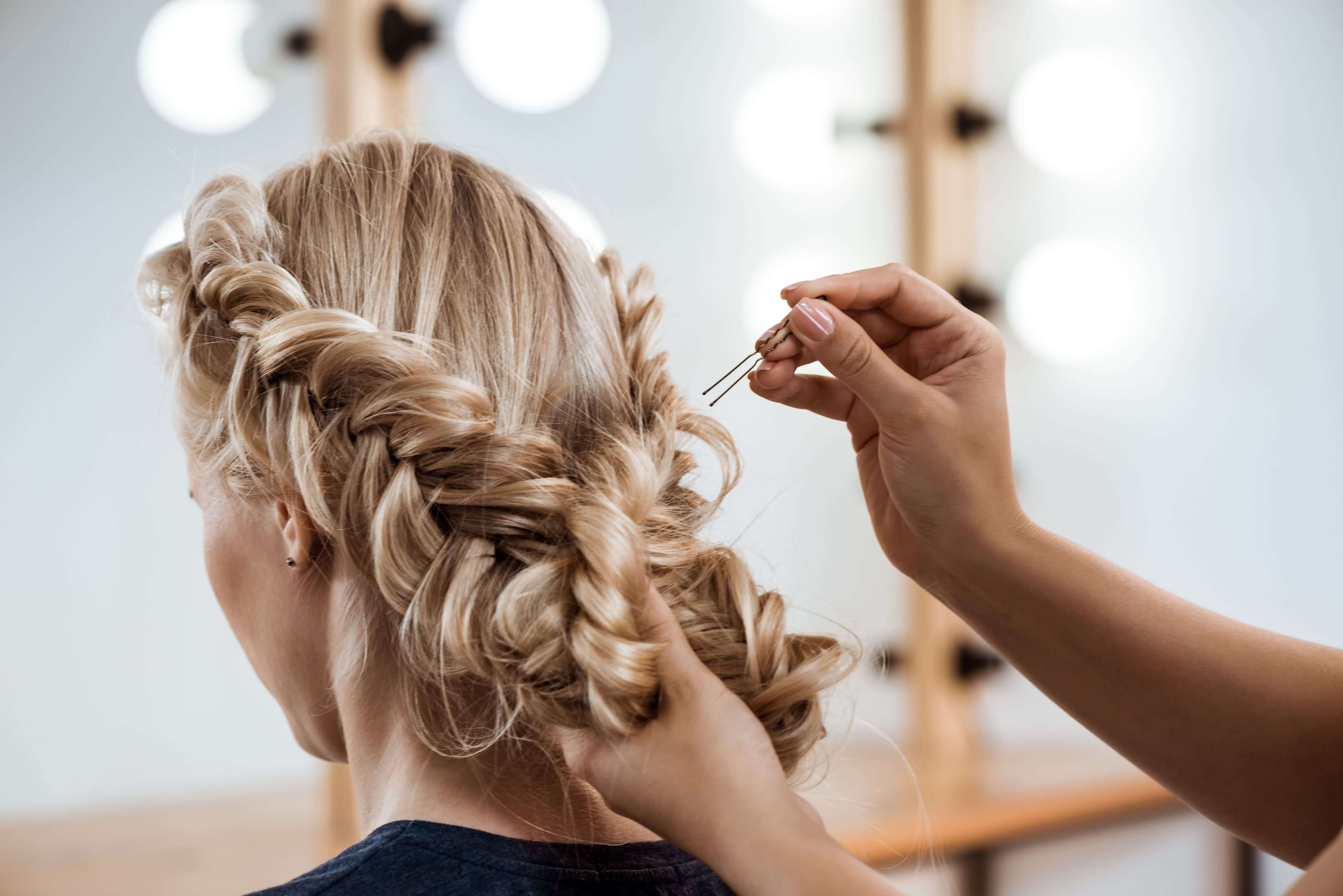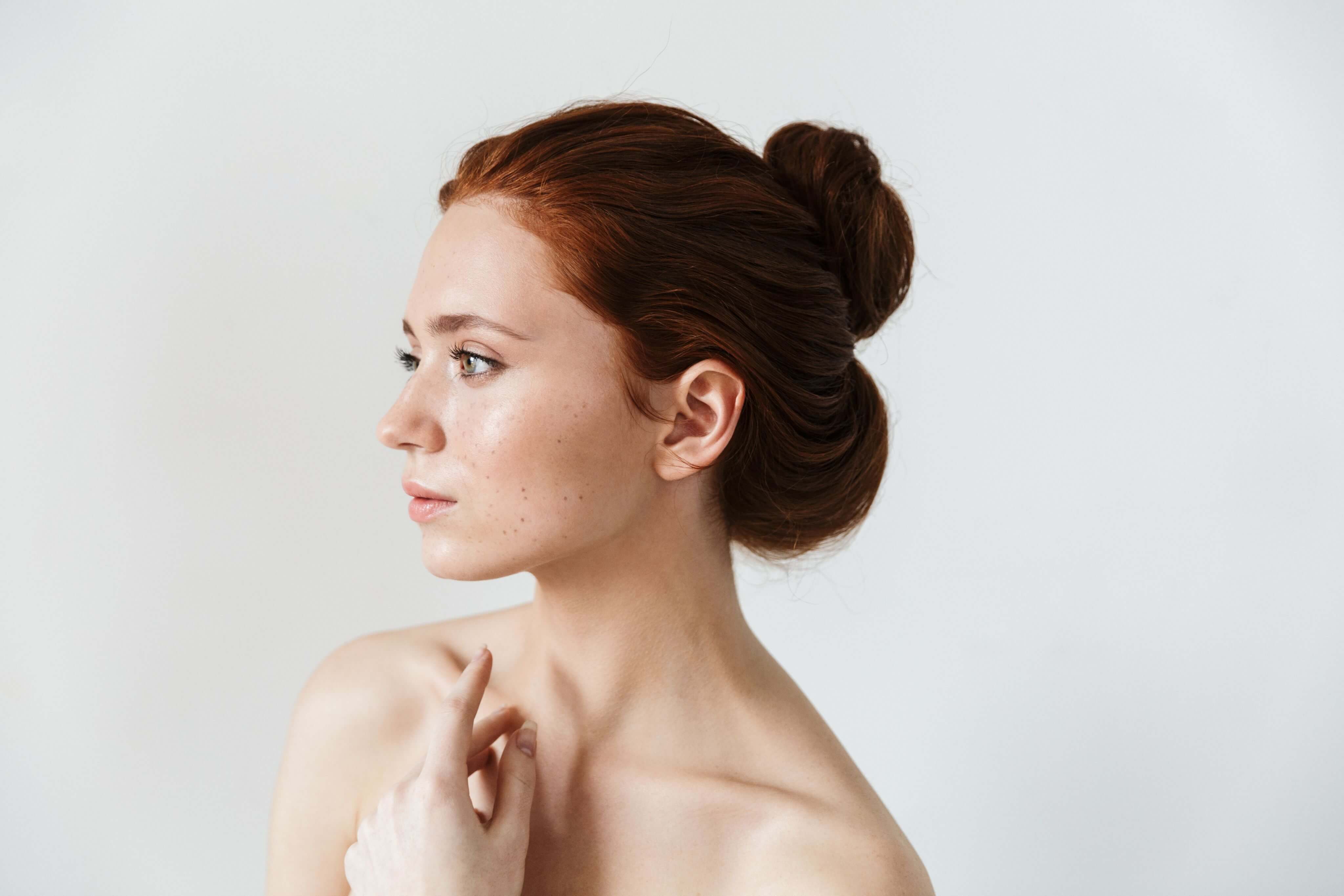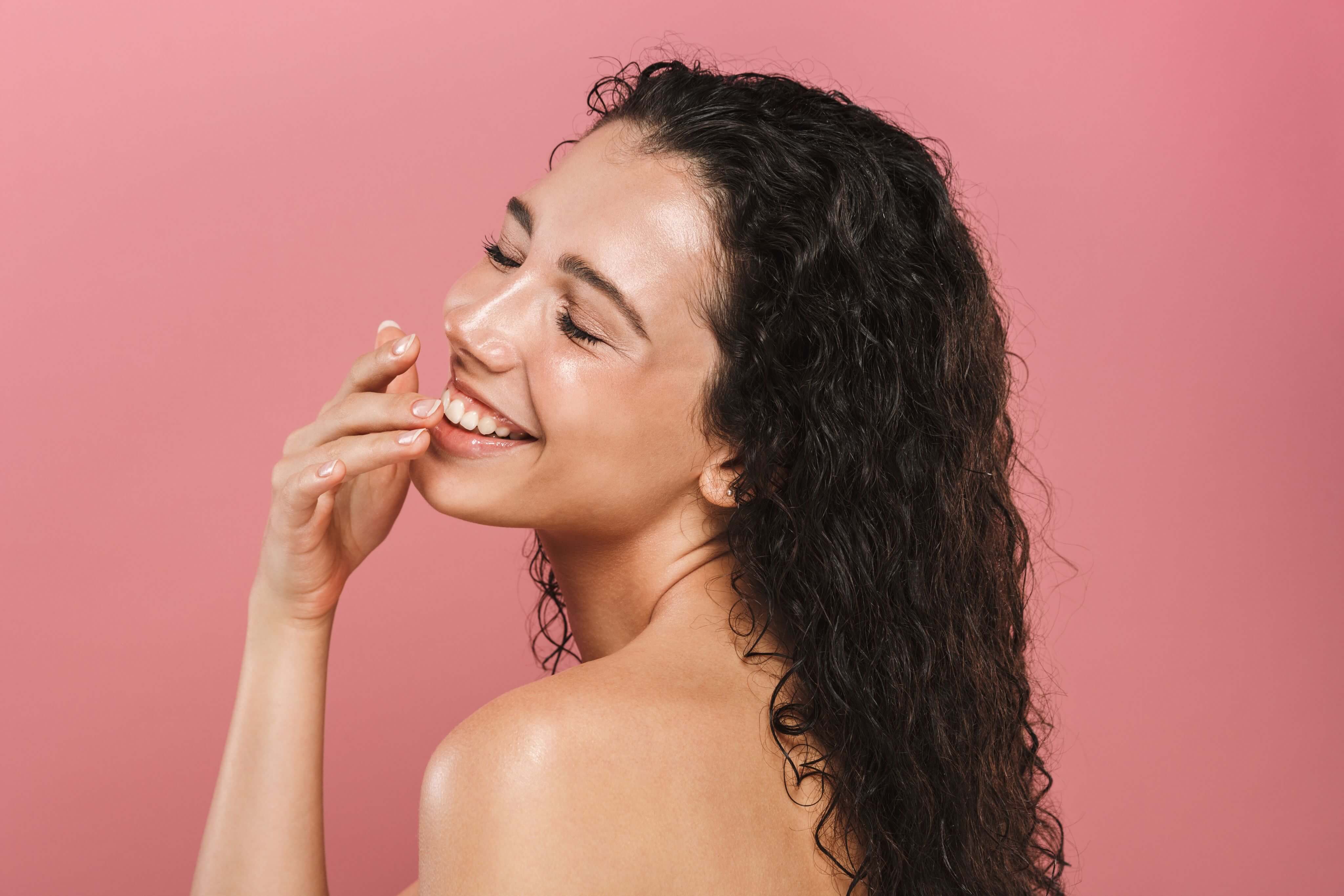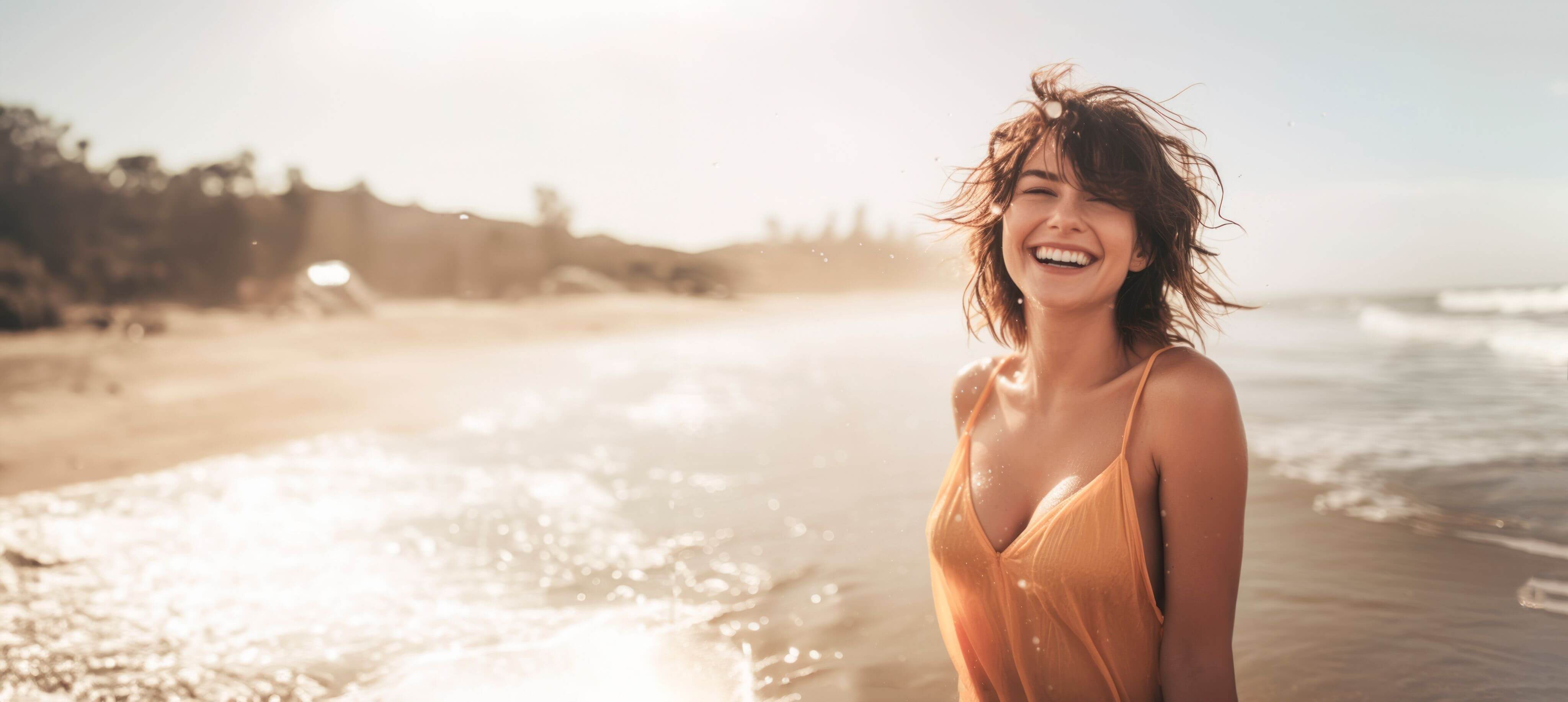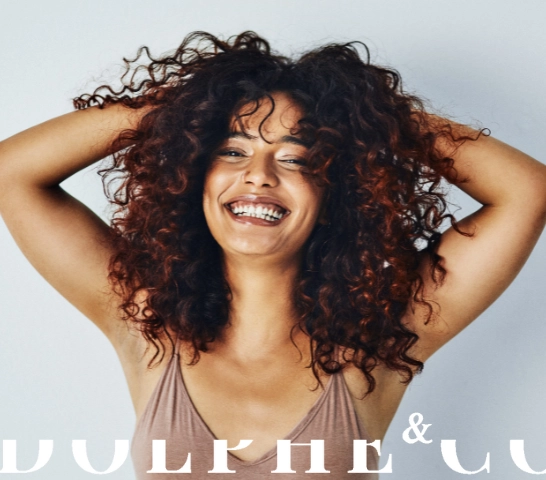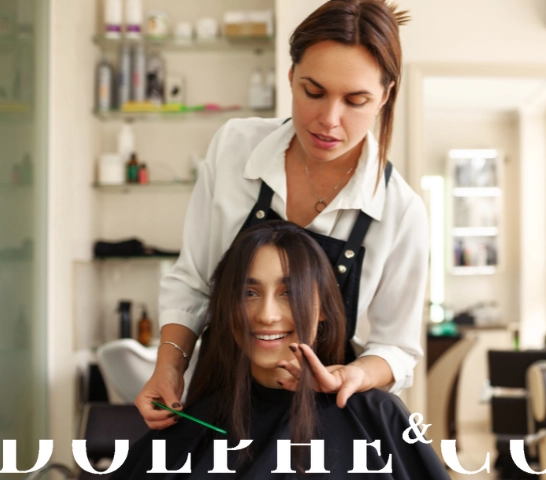
04 July 2025
How to create a custom hair diagnosis in your salon
In a context of increasing competition and growing client expectations, hair salons must stand out with more than just technical skills. Customer experience, the quality of advice, and personalisation have become powerful tools for client loyalty.This article offers practical advice for hair salons and can be consulted on the brand's or salon's website.What if it all started with a perfectly executed hair diagnosis?Too often overlooked or improvised, the hair diagnosis — a true in-depth assessment of hair health — should be a key element of your personalised and customisable service offer. It’s an essential tool for building trust and loyalty with your clients.It structures the client relationship, helps build tailored solutions adapted to real needs, while showcasing your expertise and strengthening the bond of trust with your clients.Let’s explore how to naturally incorporate this diagnosis into your salon routine with method and efficiency.Why integrate a hair diagnosis into your salon routine?In many salons, the diagnosis is still seen as a quick step, limited to a few questions at the shampoo station. However, a structured, professional, and regular hair diagnosis allows you to identify specific client concerns, assess the condition of the hair and scalp, and adapt the treatment accordingly. It’s much more than just a quick conversation.1) Strengthen the client relationship through listening and personalisationFrom the very first minutes, a well-conducted diagnosis helps establish a climate of trust. By asking the right questions and, above all, taking the time to truly listen to your client, you send a strong message: “I care about your hair, your habits, and your unique needs.”As a result, the client feels valued, understood, and engaged in the service. They are no longer just “getting their hair done”: they’re experiencing a personalised session.This bond of trust is the first driver of client loyalty. A client who feels listened to is more likely to return... and to recommend you.2) Identify real needs beyond appearancesMany clients arrive with preconceived notions (“my hair is dry”, “my ends are damaged”), but only a professional assessment and a few simple tests (porosity, density, scalp condition) will reveal the true hair concerns.Hair loss, for instance, is a common issue that can be identified through a proper diagnosis.By conducting a precise diagnosis, you avoid errors in care or product choices, improve your efficiency, and increase client satisfaction.3) Legitimize your recommendations and professional expertiseIn a sales approach that’s too direct, product recommendations may come off as pushy. In contrast, when they follow a professional diagnosis, they feel natural and expected.“Following the analysis of your scalp, I recommend this regulating lotion. It will soothe irritation and rebalance sebum production.”Recommending a recognised routine and a carefully selected product range tailored to each hair type strengthens the client’s trust in your advice and underscores the quality of your service.This shift changes your position — you’re no longer just a seller, but a trusted expert advisor. And your recommendations gain credibility.4) Add value to your consultation time (and increase your average basket)A well-structured hair diagnosis can become a full-fledged service, integrated into your offering.It can be offered free for a first visit, included in “hair assessment + personalised care” packages, or charged as part of a specific consultation.Not only does this increase the perceived value of your time with the client, but it also boosts your opportunities for consultative selling.A well-diagnosed client will be more likely to purchase tailored products and treatments.The key steps to a custom hair diagnosisAn effective diagnosis follows a simple structure that can be applied by your entire team, while being adapted to each client.Hair diagnoses can be booked by appointment to offer a truly personalised and in-depth experience to every client.We break the diagnosis down into three main phases: 1. The conversation 2. Visual expertise 3. Technical expertise1. Conversation: active listening and lifestyle insightsStart the appointment by asking targeted questions about the client’s lifestyle, family history, hair care routine, and products used.The hair diagnosis takes into account both the lifestyle and scalp health, and applies to all clients — men and women alike.This information is key to building a complete and relevant diagnosis, while also learning more about your client’s expectations.2. Visual observation: analyse the hair and scalpCarefully observe the overall condition of the hair and scalp:– Texture, shine, presence of residues – Irritations, dandruff, excess oil – Colour uniformity, condition of the ends – Close inspection of roots and lengths to evaluate their health and specific needsBased on this visual analysis, you can recommend a suitable product line that meets the client’s identified needs, from roots to lengths.3. Technical tests: validate your assessment with simple gesturesFrom the first moment of the appointment, ensure you establish a climate of trust and clearly explain how the diagnosis will proceed.Perform a few simple technical gestures:– Porosity test – Elasticity assessment – Density analysisOnce the diagnosis is complete, keep the results recorded to enable consistent follow-up. This shows your professionalism and allows you to customise future sessions.Following the technical assessment, offer a tailored selection of care products, carefully chosen to meet the client’s specific needs as identified during the diagnosis.If you'd like to know more, we invite you to read our next article: “How to Boost Your Sales with Expert Advice in the Salon”Explore the essential tools to refine your diagnosisTo further enhance your hair assessments, several tools have become essential for professionals. Devices that measure hair texture and strength help assess fibre resilience and anticipate breakage risks.Digital microscopes offer a detailed view of the scalp and hair roots, revealing elements invisible to the naked eye, such as micro-irritations or product build-up. Finally, specialised software compiles and analyses results, making it easier to create a personalised care routine tailored to each hair profile.These tools provide accurate insights into the condition of the hair, roots, and scalp — enabling more targeted recommendations and maximising the effectiveness of your in-salon treatments.A powerful tool for customer loyaltyIntegrating a custom hair diagnosis into your salon services isn’t just a bonus — it’s a strategic asset that positions your business as professional, attentive, and expert.This approach helps:Strengthen the client relationship through authentic, personalised interaction from the start of the session,Legitimise your recommendations through tangible, expert-backed insights,Showcase your expertise by demonstrating that every recommendation is based on a professional assessment,Improve your business profitability by increasing the sale of targeted products and care treatments.Moreover, the hair diagnosis enables precise customisation of treatments for every hair type — straight, wavy, curly or coily — ensuring truly individualised care.At Rodolphe & Co, we believe the future of hairdressing lies in more conscious, respectful, and personalised practices. And it all starts with a simple yet essential gesture: listening to the hair before styling it.Each diagnosis brings a tailored solution to your client’s unique needs, taking into account both their hair type and scalp condition.To conclude, remember that offering a custom hair diagnosis is not just a mark of professionalism — it’s a powerful opportunity to build lasting, trusting relationships with your clients.
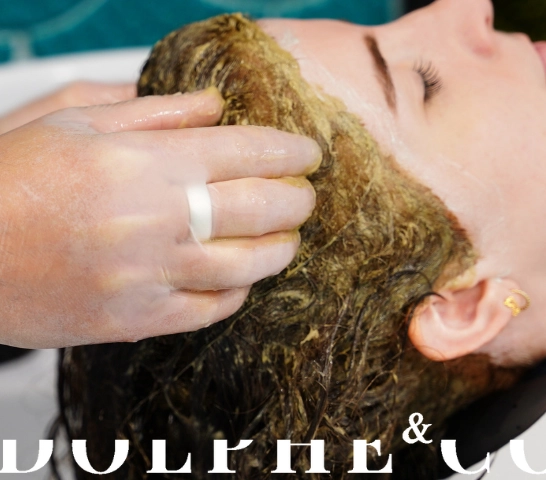
For several years, consumer habits and lifestyles have been evolving. More and more people are becoming environmentally conscious and are seeking healthier alternatives that respect both their health and the planet. Botanical hair coloring in salons has now become a must-have. This ancient method, brought back into modern practice, is winning over clients thanks to its natural composition and its benefits for both hair and scalp. For hair salons, it is above all a strategic opportunity to stand out in a highly competitive market while offering a high-end beauty experience to a demanding clientele. A Natural and Healthy Alternative to Chemical Hair Dyes Unlike traditional chemical dyes that contain ammonia, oxidants, and sulfates, botanical hair coloring is mainly made from dye plants. The best known is henna, but others such as indigo, chamomile, or amla are also frequently used for their coloring properties and strengthening virtues. How Does Botanical Hair Coloring Work? Unlike conventional chemical dyes, botanical hair coloring does not damage the hair. It coats the hair while respecting its natural structure. This results in a very natural finish, subtle highlights, and excellent longevity. This coloring method can cover up to 100% of gray hair while strengthening the hair fiber and adding shine. What Are the Benefits of Botanical Hair Coloring for Hair and Scalp? Choosing botanical hair coloring for your salon means offering much more than just a color treatment. It is a holistic care experience. The plant-based pigments extracted from dye plants coat the hair, giving it shine and strength, and improve its texture with each application. As for the scalp—often irritated by chemical dyes—it regains comfort and balance. Proven Benefits Studies have shown that henna and neem have antifungal and soothing properties, ideal for sensitive scalps or for those prone to dandruff (source: International Journal of Trichology). The longer processing time compared to chemical dyes becomes a moment of true relaxation and relief for the scalp. Botanical Coloring: A Growing Trend The popularity of natural cosmetics continues to grow, and botanical hair coloring services in salons are part of this trend. Better-informed consumers want to know exactly what is being applied to their hair and avoid controversial ingredients such as PPD and resorcinol—all while expecting premium results. More and more specialized salons are opening or adapting their offerings to include botanical coloring. By positioning yourself with this type of service, you can attract a whole new clientele, build loyalty, and showcase a new area of expertise. A Premium Service to Stand Out Offering botanical coloring in your salon means choosing a premium, more personalized service. Each blend is adapted to the natural base of the hair, its condition, and the desired result. This custom service highlights your expertise and justifies a higher price point. Moreover, botanical coloring integrates perfectly into a holistic beauty offer, alongside natural hair care, gentle sulfate-free shampoos, or even wellness rituals. This type of service is a strong marketing argument to promote on your website, in newsletters, or through social media. 💡 Want to learn more about wellness rituals?This article might interest you! How to Integrate Botanical Hair Coloring into Your Salon 1 - Train Your Team in Specific Techniques Botanical coloring requires specific expertise: thorough analysis, accurate diagnostics, and knowledge of the plants and care protocols involved. It is therefore crucial to invest in team training to ensure a premium service and meet each client's expectations. The Rodolphe&Co Academy offers a one-day training session led by an expert trainer in botanical hair coloring. Spend the morning learning the theory and apply your new skills on a live model in the afternoon. Rodolphe&Co training courses are QUALIOPI-certified and can be funded by FAFCEA and OPCO. Discover our training schedule here! 2 - Choose the Right Products and Supplier Working with high-quality products is essential to guarantee impressive results for your clients. Choose transparent, reliable brands recognized in the natural beauty industry. Opt for suppliers who can also support you with training and educational resources. We invite you to explore the Organic Infused Color range, one of the finest botanical powders on the market (150 microns), offering smooth and ultra-even application with excellent gray coverage. Discover all available shades here How to Effectively Promote This Service Social media is your best ally for showcasing your work. Share reviews, before-and-after photos, videos, and tips for maintaining naturally colored hair on a regular basis. 💡 Learn how to stand out from the competition by reading this article In conclusion, it's important to note that botanical hair coloring is much more than a trend. It's a concrete response to modern consumers’ expectations for health, natural products, and well-being. By integrating botanical coloring into your hair salon, you're offering a premium service that aligns with today’s environmental values—a winning choice to attract, retain, and strengthen your salon's identity.
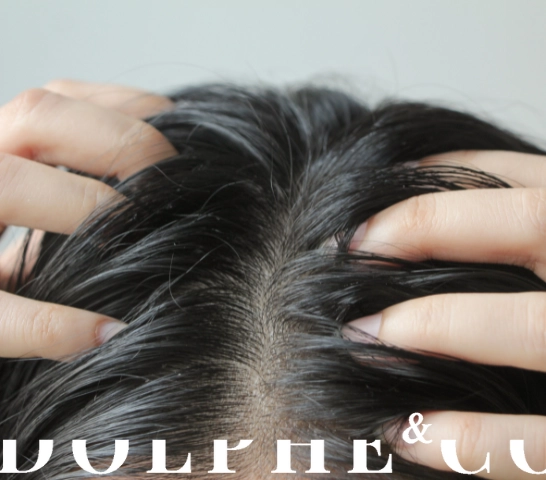
Sensitive scalp, hair loss, breakage… As a hairdresser, you're on the front line when it comes to noticing your clients' hair concerns and answering their questions. Beyond genetic issues, one of the main causes behind these problems is nutrition—specifically, micronutrition. Often overlooked, this key factor is essential for achieving vibrant, healthy hair. In this blog post, we’ll explore what micronutrition is, how it supports scalp health, and how you can turn this knowledge into a real asset in your salon.Understanding the Role of Micronutrition for the ScalpWhat is Micronutrition?Micronutrition is the branch of nutrition that focuses on micronutrients—one of the two main categories of nutrients, alongside macronutrients (proteins, fats, and carbohydrates). Micronutrients include vitamins, minerals, trace elements, and essential fatty acids. Though required in smaller amounts than macronutrients, they are no less essential for proper body function and healthy hair.Why Does the Scalp Need Specific Micronutrients?The scalp is the foundation of our hair—it’s where the hair follicles are located, responsible for hair growth. For the hair to follow a healthy life cycle, a sufficient supply of micronutrients is crucial. A lack of these nutrients—commonly known as deficiencies—can cause scalp dysfunctions such as oxidative stress, excess sebum, dryness, premature cell ageing, and even hair loss.Key Nutrients for a Healthy ScalpNow that we understand the importance of micronutrients for a healthy scalp, let’s take a closer look at the essential nutrients for strong, radiant hair.Essential VitaminsVitamin A: Found in carrots and sweet potatoes, it regulates sebum production and maintains scalp hydration.Vitamin B (Biotin, B9, B12): Promotes hair growth and prevents hair loss. Almonds and eggs are excellent sources.Vitamin C: A powerful antioxidant, it supports collagen production and iron absorption. Citrus fruits and bell peppers are rich in it.Vitamin D: Naturally sourced from sunlight and oily fish, it activates hair follicles and strengthens hair fibres.Essential Minerals and Trace ElementsIron: Helps prevent hair loss by improving blood flow to the scalp. Found in red meat and legumes.Zinc: Regulates sebum production and supports cell renewal. Shellfish and nuts are great sources.Selenium: Protects the scalp from oxidative stress and external aggressions. Certain mushrooms are rich in selenium.Fatty Acids (Omega-3 and Omega-6)They deeply hydrate the scalp and strengthen the hair fibre. Found in oily fish, flaxseed oil, and chia seeds.To provide your clients with all these essential nutrients, you can also recommend targeted supplements. Rodolphe&Co offers Hydra-Hair supplements, a unique formula that supports hair fibres, the scalp, skin, and nails.Identifying Visible Signs of Nutritional Deficiencies on Hair and ScalpHow to Spot a Nutrient Deficiency in a ClientUse a simple questionnaire about your client’s dietary habits and lifestyle. It’s important to consider their overall health, as certain medical conditions or treatments can affect scalp health.Here are the main visible signs of deficiencies that can appear on the hair and scalp:Excessive hair lossIron or zinc deficiencyDry, irritated scalp or dandruffEssential fatty acid deficiencyDull and brittle hairVitamin B complex or protein deficiencyOily roots and dry endsImbalance linked to zinc and vitamin B6 deficiencyIntegrating Micronutrition into Salon ConsultationsHow to Educate Clients Without Being a NutritionistOffer a holistic hair care approach: targeted shampoos + balanced diet. Explain the effects of nutrient deficiencies in simple, accessible language. Suggest a personalised routine based on the scalp’s needs.Highlight Natural and Nutrient-Rich ProductsPromote haircare enriched with essential nutrients to amplify the effects of micronutrition. Don’t hesitate to recommend Hydra-Hair supplements by Rodolphe&Co, which deliver concentrated nutrients to improve scalp health. These products are excellent companions to external treatments for optimal results.Are Micronutrition and Supplements Effective Solutions?During periods of stress, hormonal changes, or confirmed deficiencies, supplementation is highly recommended to restore the body’s nutrient balance.However, it's important to note that supplements are not substitutes for a healthy, varied diet. They should complement—not replace—a balanced diet and healthy lifestyle. Always follow the usage guidelines and check for contraindications.The Impact of Stress and Lifestyle on the ScalpIn addition to diet, stress and poor lifestyle habits can negatively impact scalp health. Chronic stress increases cortisol levels, which may lead to hair loss and worsen scalp inflammation.To counter this, encourage relaxation practices such as meditation, yoga, or deep breathing. Quality sleep and daily hydration are also key to preventing scalp imbalances.Towards a Healthier Scalp: Adopt the Right HabitsA healthy scalp reflects proper nutrition and a well-rounded care routine. Daily habits—like using nutrient-rich haircare and eating a balanced diet—are essential to avoid inflammation, itching, and hair loss.By incorporating micronutrition into your expertise as a hairdresser, you offer your clients a complete and caring approach to healthier hair. Don’t wait to make scalp nutrition a key asset in your salon !
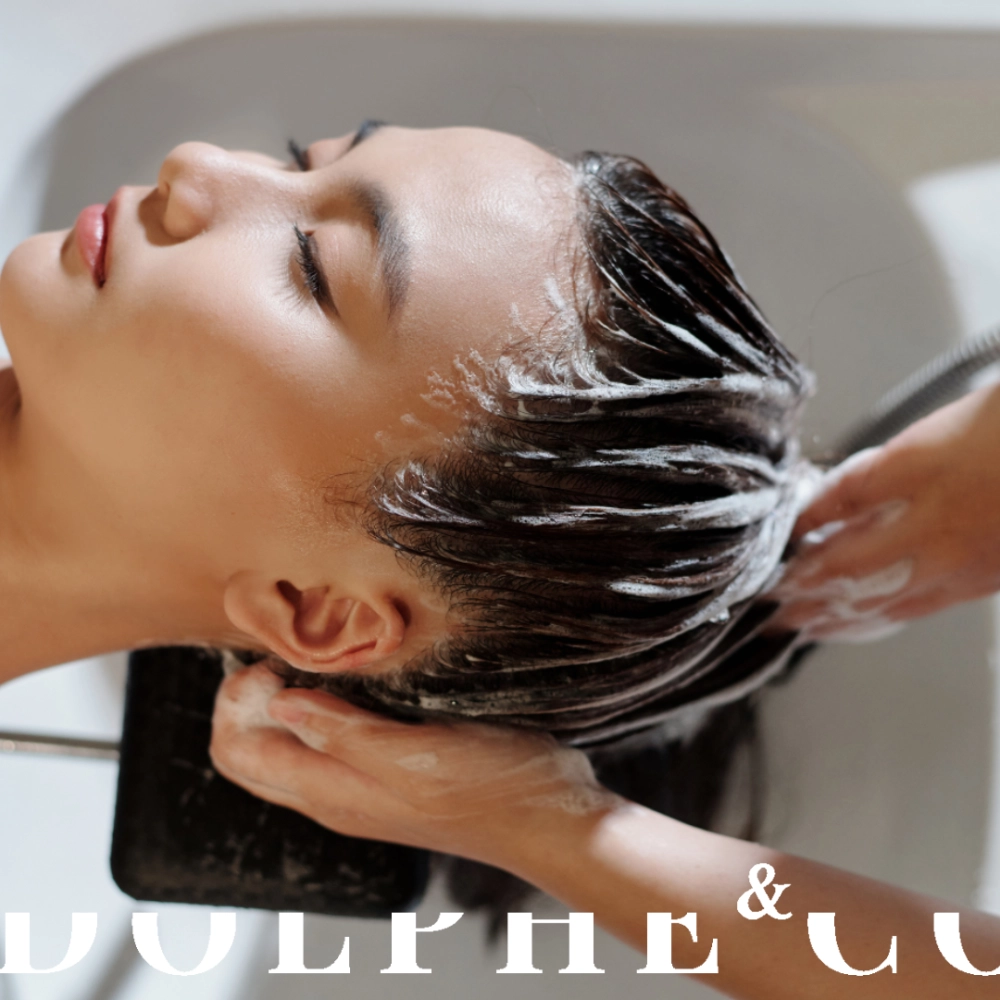
Originating from Japan, the head spa, or the art of enhancing hair and scalp health, is more than just an emerging trend—it is a true wellness experience that meets the growing demand from clients seeking personalized hair care and holistic treatments. Integrating a head spa into your salon is, above all, a way to differentiate yourself from the competition and attract a clientele that cares about hair health while increasing your revenue. But how do you launch a Head Spa in your salon? Today, we will explore the five key steps to offer your clients a unique and relaxing experience! 1 - Define your concept and the services offered. Inspired by Japanese and Ayurvedic traditions, the head spa is a hair care technique that considers scalp health, hair beauty, and overall client well-being. A head spa provides a deep relaxation experience and intense tranquility. It stands out from classic hair treatments due to its personalization, the use of specific massage techniques, and attention to the sensory environment. Before launching, it is crucial to clearly define the services you want to offer. First, conducting a personalized scalp diagnosis is essential to determine the specific care and needs of each client. Next, create a relaxing and well-being-oriented atmosphere using techniques such as aromatherapy, music therapy, and warm towels—ideal for enhancing and intensifying your client's sensory experience. Now, it's time to move on to massages, the true heart of the head spa wellness journey. Whether cranial, relaxing, or draining, these massages help stimulate blood circulation, reduce tension, and promote hair growth. Finally, you can offer deep treatments using essential oils, clay, or natural plants. These provide targeted solutions for hair concerns (hair loss, sensitive scalp, dryness, etc.) while complementing your service offering. 2 - Create a suitable and dedicated space. To ensure an optimal client experience, setting up a head spa space is essential. Isolated from the rest of the salon for more privacy and relaxation, this space should be a true haven of well-being. Opt for soft and dim lighting, relaxing music, and soothing scents. Suitable furniture, such as comfortable chairs and ergonomic wash basins, is necessary. The use of natural and organic products guarantees quality and respect for the scalp. Rodolphe&Co and Calypso offer a range of natural and organic treatments suitable for Head Spa protocols. These products, formulated with ingredients and active elements of natural origin, respect the scalp and enhance hair beauty. For example, you can opt for Botanical Oil combined with the High Hydration Mask to create a deep and revitalizing treatment, the Infinium Ritual. Discover how to perform the Infinium Ritual with Rodolphe on YouTube. 3 - Train your team in Head Spa techniques To offer a quality experience, it is essential to train your team in specialized wellness techniques. Cranial massages, scalp diagnosis, and treatment personalization are key skills to acquire. Your staff must be able to provide a holistic approach to hair care and wellness, considering each client's specific needs. Training can be internal, led by a hair and wellness expert, or external, through academies or specialized training centers. Interested in a wellness training? The Rodolphe Co Academy offers two one-day training courses with our expert trainer in cranial massage and care rituals. 4 - Communicate and promote your Head Spa space Your Head Spa space is now created—it's time to communicate and promote your new offering. Create a dedicated page on your salon’s website, highlight the benefits of the Head Spa on your social media (before/after transformations, customer reviews and testimonials, explanatory videos/shorts), and most importantly, emphasize the uniqueness of the experience you offer. You can also collaborate with content creators known as "UGC" (User-Generated Content), everyday individuals who create shareable content for your social media. 5 - Retain clients and sustain the offer To retain your clients, provide personalized advice and track their progress over multiple sessions. Develop a range of at-home care products to extend the benefits of the Head Spa. Implement a loyalty program, gift cards, or exclusive offers for regular clients. Focus on a unique and ultra-personalized experience. Gather client feedback and take their experiences into account to continually improve your service. You are now ready to enter the world of Head Spa and offer a hair care experience that sets you apart from competitors. Remember, the key to success lies in the quality of the treatments provided, the client experience, and the communication around your offer.

No more result
No more result

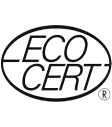



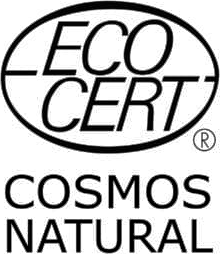
.png)


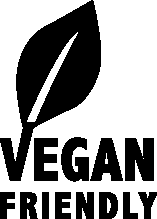

 (9).png)

Learn
together
